#ID card design
Explore tagged Tumblr posts
Text

Id Card Designing
#ID card design#Custom ID cards#Employee ID cards#Identification cards#Badge printing#Photo ID cards#ID card templates#Security badges#Student ID cards#Access cards#Plastic ID cards#Professional ID cards#Membership cards#ID card holders#Corporate ID cards
0 notes
Text
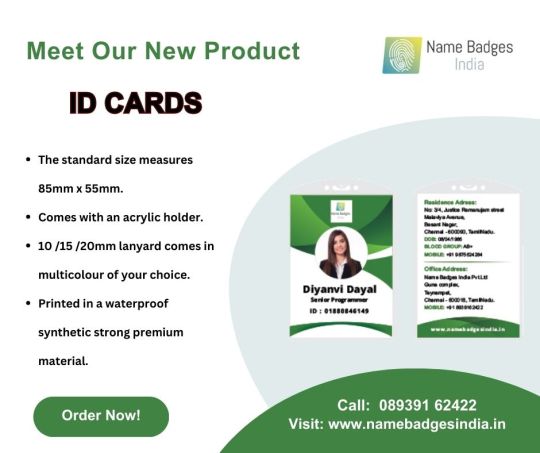
ID Cards Printing for Corporates | Print ID Cards Online - Name Badges India
Custom print your Employee, Staff and Student Photo ID cards online with company or Institution name, logo. Design, print single or double sided ID cards online. For any enquiry Call now at 089391 62422 or visit: www.namebadgesindia.in
#id card design#id cards online#professional id cards#id cards#id card#identity cards#photo id cards
0 notes
Text
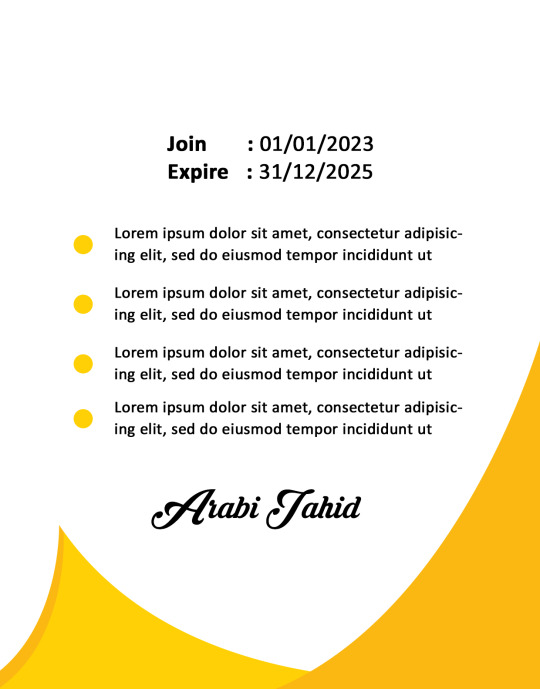
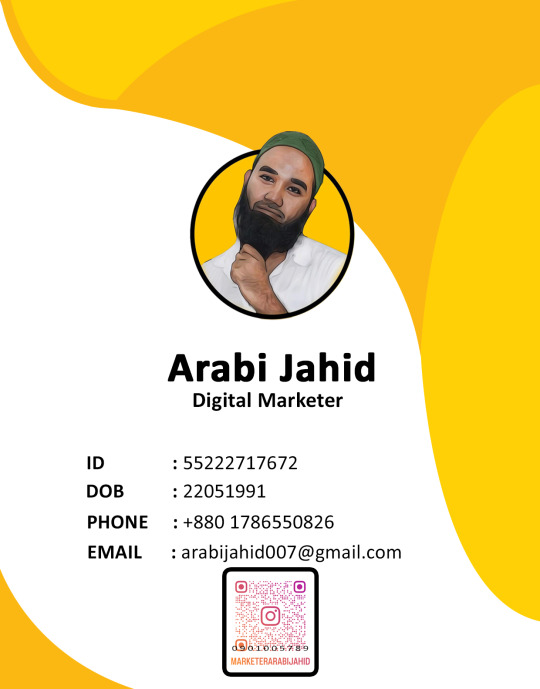
An identity document is any document that may be used to prove a person's identity.
If u want to create a simple #idcard u can contact me. Whats up number: +8801786550826 Email: [email protected]
0 notes
Text
Hey there!
Today i'd like to present my recent design about Id Card Design. I hope you will like it.
What do you think about this? please share your valuable feedback, so that i can recover it.
Better View
For any kind of service please contact us,
E-mail: [email protected]
Phone: +880187-4877269
WhatsApp: +880187-4877269
Facebook: Hammad Graphic & Digital Marketing Agency
Twitter: twitter.com/HammadAgency
Pinterest: pinterest.com/hdmc2022/
Tumblr: https://hammadagency.tumblr.com/
#designgraphic #graphic3design #graphicdesignermalaysia #motiongraphicsdesign #graphicdesignposter #womenofgraphicdesign #graphicdesigneratwork #graphicsdesignerteam #photooftheday #brandingidentity #logonew #logodesigners #selectedwork #indesign #visualcommunication #identitydesign #tdkpeepshow #logoroom #businesscarddesign #logoart #graphicdesignlife #logosai #digitalgraphics #generaleclectics #graphicdesign #bannerdesign #graphicdesignchallenge #graphicdesignagency #logodesign #logo
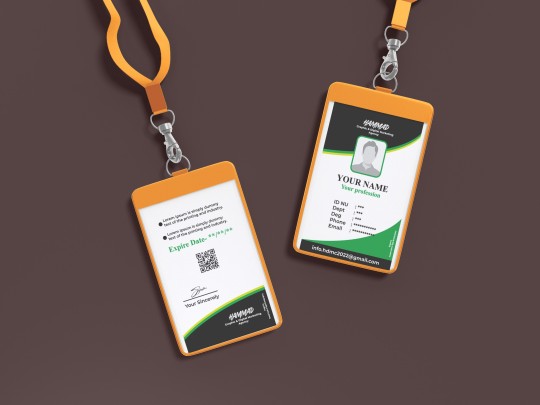


#graphic design#graphic design agency#designgraphic#id card design#identity card#identity card design#logo design#logo#design#digital marketing
1 note
·
View note
Photo

Press ID Card Design
1 note
·
View note
Video
youtube
How to Design PRESS Reporter ID Card in MS Word
0 notes
Text
ID CARD DESIGN
Hi I work in graphics design. If you ever need a graphics designer or need help, please contact me. My Contact Info: Website: www.mdkawsar.info Email: [email protected]

0 notes
Quote
Id card design

1 note
·
View note
Text
Id Card Design Services in Delhi - Ujers
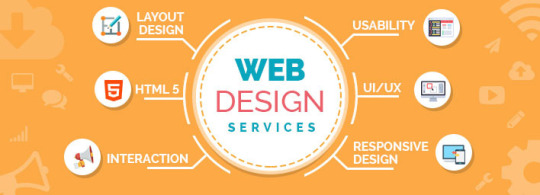
Ujers offers professional & top rated Id Card Design Services company in Delhi, we have designed Id Cards for business of all sizes. At Ujers, we believe in complete customer satisfaction in all over the India. We create every Id Card design that your audience can remember for a long time. Our Id Card designers are handpicked creative geeks who will not only achieve all your requirements but also will add their creative touch in the design to make it remarkable. Our Id Card designers keep the simplicity and easy to understand in mind. We have rendered our Id Card design service to a variety of industries. We turn your idea into reality, designing custom Id Cards from scratch. If you want to know more contact us @ 9999436043.
0 notes
Text
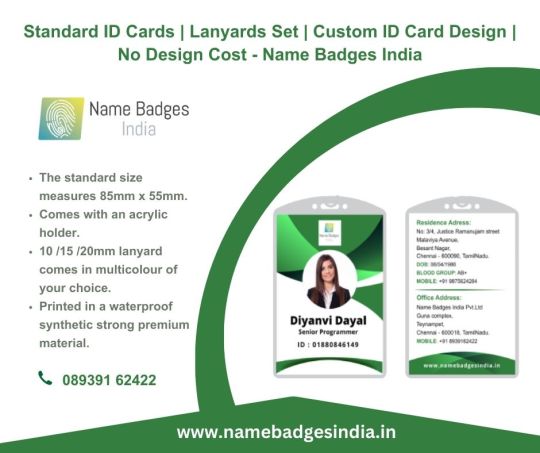
Standard ID Cards | Lanyards Set | Custom ID Card Design | No Design Cost - Name Badges India
Get a professional ID cards online with company name & logo. Design, customize & print staff & student ID cards online on single side or both sides. Call: 089391 62422 or visit: www.namebadgesindia.in
#Id cards#Identity Cards#Id Card Design#ID Card Design#Custom ID Card Design#ID#Id card design#Professional Id Cards#Standard Id Cards#Id Cards Online
1 note
·
View note
Text

Arabi Jahid Id Card Design back part
An identity document is any document that may be used to prove a person's identity.
If u want to create a simple #idcard u can contact me. What's up number: +8801786550826 Email: [email protected]
0 notes
Video
Best Id Card Design | আইডি কার্ড ডিজাইন | How to Make Id Card in Illustr...
0 notes
Link
#i card Design#id Card Design#i card Design Rajkot#I Card Design Gujarat#i card Design India#Id Card Design Rajkot#Id Card Design Gujarat#Id Card Design India#Best I Card Design#Best Id Card Design#i card Maker#ID card Maker
0 notes
Photo

Clerical Staff/Office Assistant ID Card Template
0 notes
Photo

ID Card mockup design
#Company ID Card#Company ID Card Design#Design Tutorial#ID Card Design#ID Card Design Photoshop#ID Card Design Photoshop Tutorial#ID Card Design Tutorial#ID Card Design Tutorial Photoshop#ID Card Designer#ID Card Maker#Make ID Card#Online ID Card#Online ID Card Designer#Online ID Card Maker#Photoshop CC#Photoshop CC 2017#Photoshop CC 2017 Tutorial#Photoshop Tutorial
0 notes